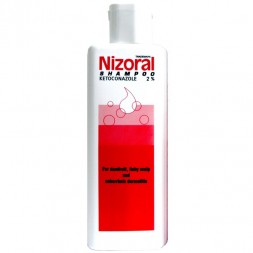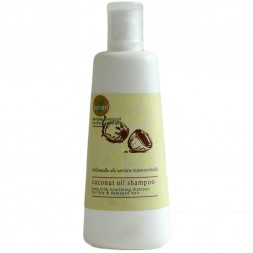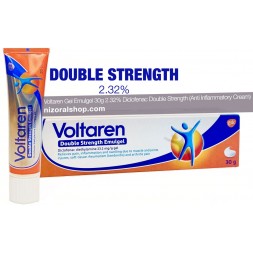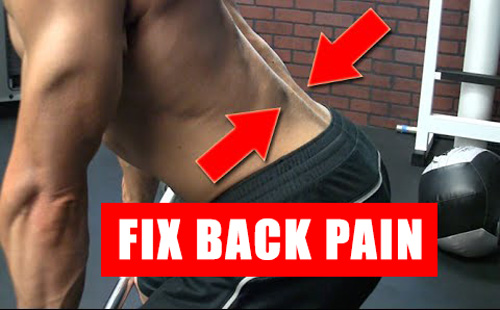
Understanding and treating the real cause of lower back pain is more important than just treating the symptoms if you want to get rid of it once in for all.
Two common problems that people often get (when doing ab exercises) are tightness/soreness in the hip flexors or lower back pain. The common root cause of both of them is possibly your abs. You see, a lot of time people will look at where the symptom is and treat the symptom (i.e. stretching hip flexors out) and they say “I’m not doing any better” or they’ll stretch their lower back out and say “I’m not doing any better”. But if you want to get rid of back pain and look below the surface like any professional healthcare provider should do, we have to look a little bit deeper. We have to find what the root cause is, and the abs can absolutely be the cause of both of those issues. As a matter of fact, they can be playing a large part in creating a vicious circle to make that problem even worst.
Reasons for Lower back pain and hip flexors soreness
So, how does this all happen? The first thing we have to understand is that our body really wants to create stability thru our spine. The spine is the most important structure in our entire body. We know that injury to the spine can be debilitating. So, if our body is out to protect the spine at all costs, it’s going to engage stability and the help of other muscles to do ensure spine safety. As a result, our abs and core are ones of the biggest areas we have to be able to provide the stability that we need against potential harm to our spine. But, guess what? A lot of us don’t really have strong core and if we don’t, we will start asking for help in other muscle groups and that happens most often in the hip flexor area. The hip flexors because of their attachments to the lumbar spine will provide some stability from the bottom up and, again, thru the lower back to our lumbar spine. So, we will get stability of our spine but not with the muscles we were looking for in the first place!
COMMON MISTAKES
So, what’s the solution here? Stretching the hip flexors? No, because those hip flexors need to be strong and on call all day long because your abs aren’t doing their own job. Then, people might get to the bottom of it and they are told to train their abs. What’s the problem there? You start doing ab exercises that contribute more to the problem because 90% of ab exercises, especially if done improperly, are going to overwork the hip flexors.
How To Get Rid Of Lower Back Pain and Hip Flexor Tightness: 7 Lower Back Exercises
So, we wanted to put together for you some options you might have, especially if you have lower back pain or hip flexors on fire all day long. Below are some ab exercises you will be able to do, which will take the hip flexors right out of it and allow you to actually strengthen your abs without further making this problem worse.
#1 Janda Sit up. .jpg)
This is a classic example of how we can turn the hip flexors off. As a matter of fact, we know there is something that we call reciprocal inhibition. If you contract a muscle on one side of a joint, we can actually try to turn off the muscle that is on the opposite side of the joint.
#2 Gymnast abs. .png)
You can get yourself into a roman chair setup and all you want to do is support the weight of your body by getting your arms out stretched and locked out. Lift the pelvis back into a posterior tilt and lift the tailbone up towards the ceiling.
#3 Pallof press single leg. 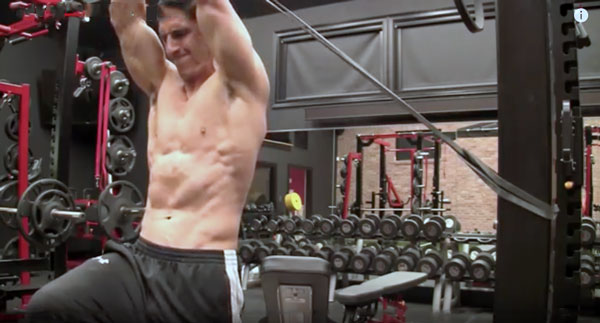
We are stabilizing our one leg. We’ve got the other leg asymmetrically holding the hip flexors up, but we are not doing any dynamic work there. We are just holding in position and the real work is being done by the core to try to keep the body up right and stable, as we press the band up overhead.
#4 Sledge hammer twist. .jpg)
We can move and be more dynamic by doing the sledge hammer swing. Now we are trying to actively twist and turn the torso on the opposite direction of the band. If you step back further, there will be more resistance.
#5 Jump out variation. Keep your hands out in front of your body, working on the entire rotation ability of your core. You are going to jump out, stick that leg in without allowing the band to pull you back. This movement is going to want to pull back, but keeping the hip flexors out of it.
#6 Suit case carry. 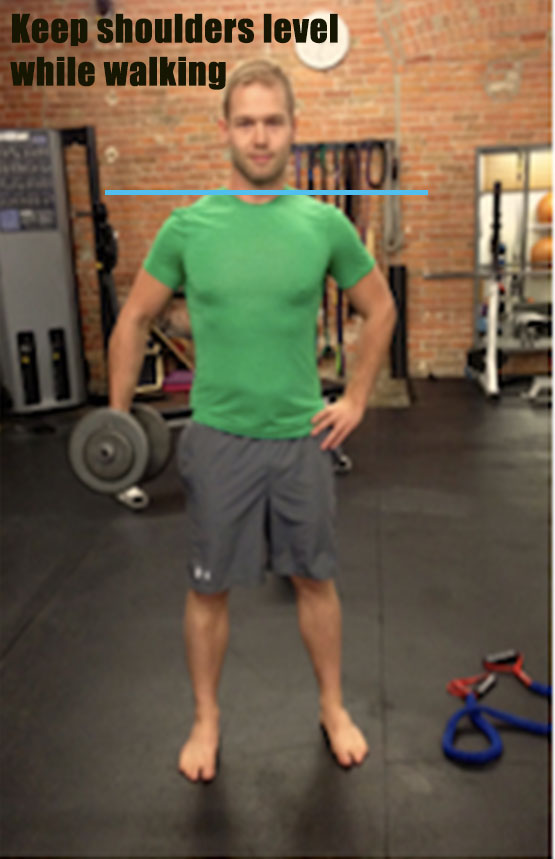
Holding a dumbbell in one hand, try to walk with the straight shoulders as you possibly can do. The goal here is trying to keep the shoulders level. While you have a dumbbell weighting you down on one side becoming a bit of a challenge, but the only thing that will help us is our spinal erectors and abs in front and trying to pull us up right and trying to maintain that upright position. Obviously, the heavier weight you use the more of a challenge.
#7 Side plank leg lift. .jpg)
We are working on a frontal plank motion that allows us to get our stabilizers working tremendously, hitting them from a different angle. If you want to add a bit of a challenge, try to lift your leg up. That will make the exercise much harder because we are not getting the ability to push thru into the floor with two feet and two legs, but really just the bottom leg that makes it much more demanding for that lateral pillar strength on that bottom side.
There are some ways to try training your abs, especially if you are suffering from low back pain and you are feeling tightness to your lower back every time you engage your body in a physical activity. It also underscores an important point when it comes to mobility. Don’t just listen to what people say (i.e. “my hip flexors are tight, so stretch them!”). In fact, we have to look a little bit deeper. Maybe you have to start looking at muscles that are weak and other muscles kicking in doing the job for them. So, it’s not just a one common answer for everything when it comes to mobility and low back pain. You need to be more specific about that.
If you do these exercises three times a week (2 series, 15 repetitions), you will add strength to your core and abs. Depending on your health condition, it can take three to four weeks for your muscles to get stronger and eliminate the pain. In the meantime, try to apply some anti-inflammatory topical solution that contains Diclofenac like Voltarel Gel onto the affected area because nobody wants to be in pain, especially when the back is involved.
If you found this article useful, remember to share!
Check out our last news: Vitamin B6 Deficiency, Dosage, Uses, Sources, Functions
Related articles that may interest you: Voltaren Gel Side Effects
Voltaren Gel for Free!
Always seek the advice of your physician or other qualified health provider with any questions you may have regarding a medical condition. The material appearing on this page is for informational use only. It should not be used as a substitute for professional medical advice, diagnosis or treatment.

